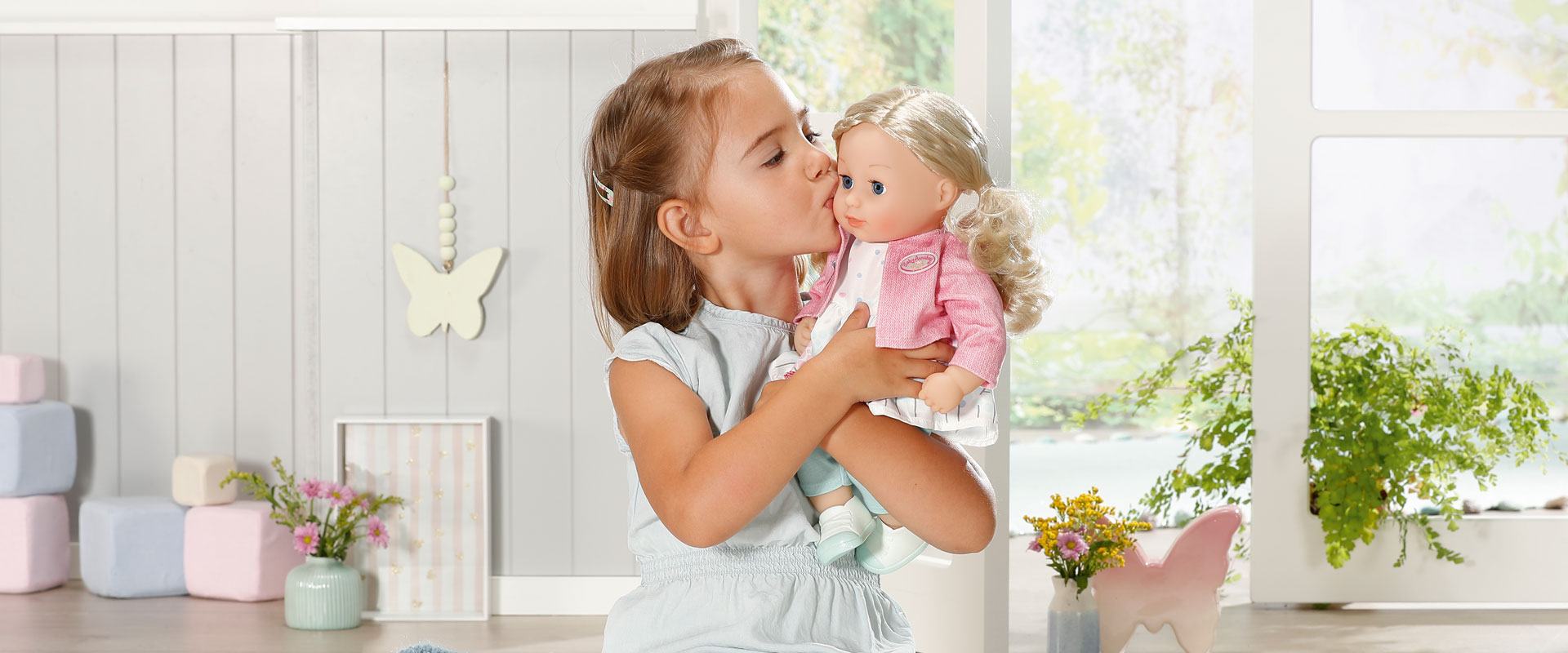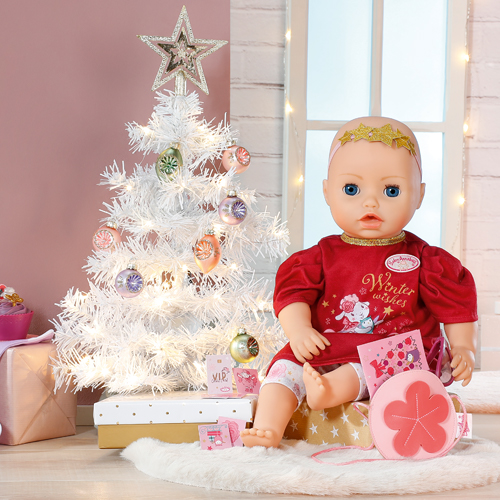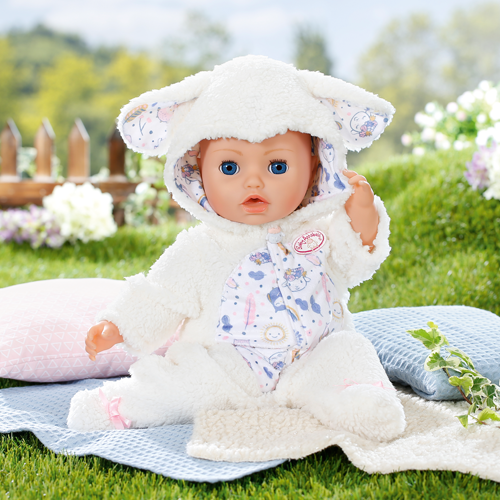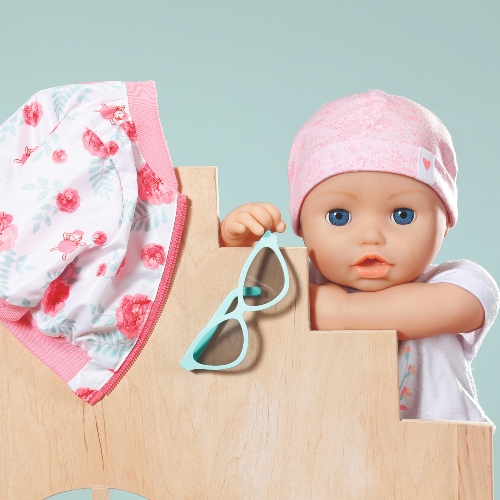Christmastime is a fun and exciting time, especially for children. But with so many big feelings to navigate, the season can also be overwhelming for little ones. Whether it’s a fear of Father Christmas (also known as ‘Santaphobia’), having to share toys, or seeing more visitors than usual, it can all get a bit too much for toddlers and kids. Regulating children’s emotions can be very different from tot to tot – some may feel excitement at this time of year while others may feel anxious about the change in routine.
Here, we share advice, ideas, and activities to help your own mini person regulate their big feelings over the festive flurry.
What is emotional regulation in children?
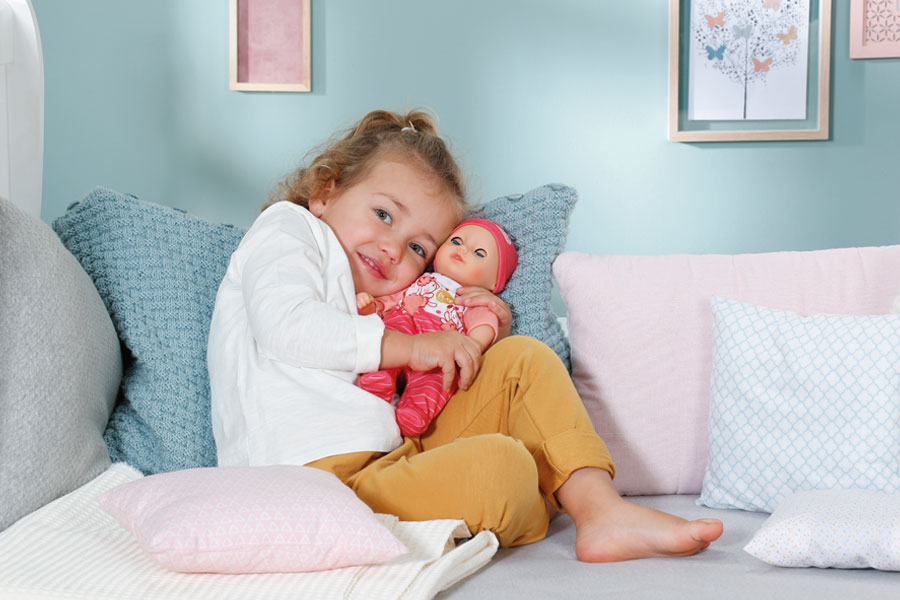
How do you feel? We all experience a lot of emotions – happy, sad, angry, worried, scared, bored – all in response to our thoughts and feelings, as well as what’s happening around us. As we grow up, we practise managing these emotions – otherwise known as emotional regulation. Some people find this easier than others – even adults! So it’s particularly important to support helping younger ones overcome big emotions, particularly at times of change such as Christmas.
How to regulate children’s emotions at Christmastime
When supporting emotional regulation in children, the first factor to be aware of is your own emotions, your reactions to these emotions, and how they may affect those of your little one. This is also known as co-regulation. Knowing how to co-regulate emotions with children is important, because your presence can then be used to calm your overwhelmed tot. Maybe you’re stressed or sad at this time of year, with more responsibilities building up? Knowing how you feel can help you decide how to respond to the situation and what actions to take, so you can be better placed to help your child.
Helping little ones recognise emotions
If your little one can recognise the six key emotions (happy, sad, angry, scared, worried, bored), in themselves and others, they’re well on their way to emotional regulation. To help your tot recognise these emotions, especially at heightened emotional times such as the festive season, there are a few activities you can try:
- Label the emotions of characters they love
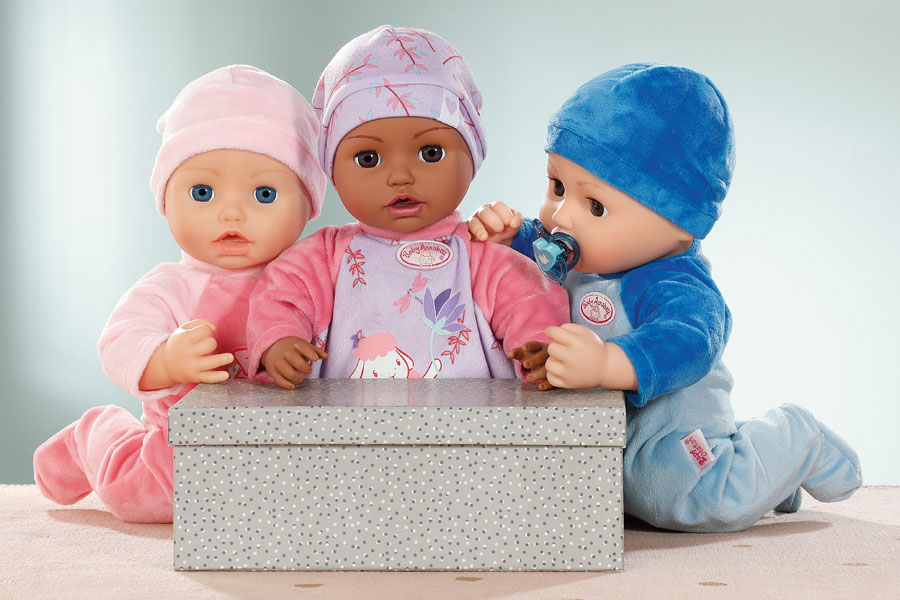
Giving a name to emotions can help your little one learn what they look like. This can be done with Baby Annabell, Baby Alexander, and Baby Leah – life-like dolls who make realistic noises and mouth movements, and much more. Ask your tot why you think their upset doll baby is making crying sounds – this can be the start of identifying the emotion and then responding to the situation. For example: ‘Annabell is scared of Father Christmas so she is crying!’. Help your child put themself in Annabell’s shoes, talk about when they felt a similar emotion, and help them reflect on what and why it happened, with problem-solving for next time. For example, ‘It’s okay to feel scared, Annabell. But don’t worry, you’re safe and you’ll get used to Father Christmas in time.’
- Lots of listening (and lots of cuddles!)
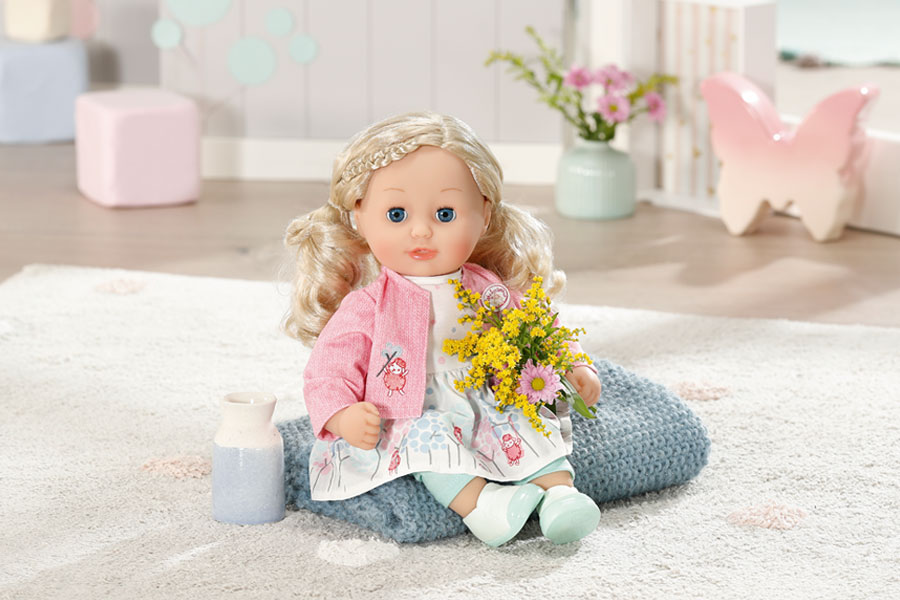
Once you’ve regulated yourself, you can get close to your child and make eye contact. Listen, be curious, and seek to understand them. Letting them express their feelings, then being met with empathy and cuddles (if they want them) can be a massive help in regulating children’s emotions. For little ones aged one and over, the best-selling Baby Annabell My First Annabell gives the squishiest hugs. Meanwhile, tots over two can snuggle with Baby Annabell Sophia and her super-soft stuffed body – soothing themselves by brushing Sophia’s lovely long locks. Toddlers can always take their favourite dolly with them for comfort when visiting Father Christmas (especially if they have Santaphobia).
- Do activities your little one enjoys
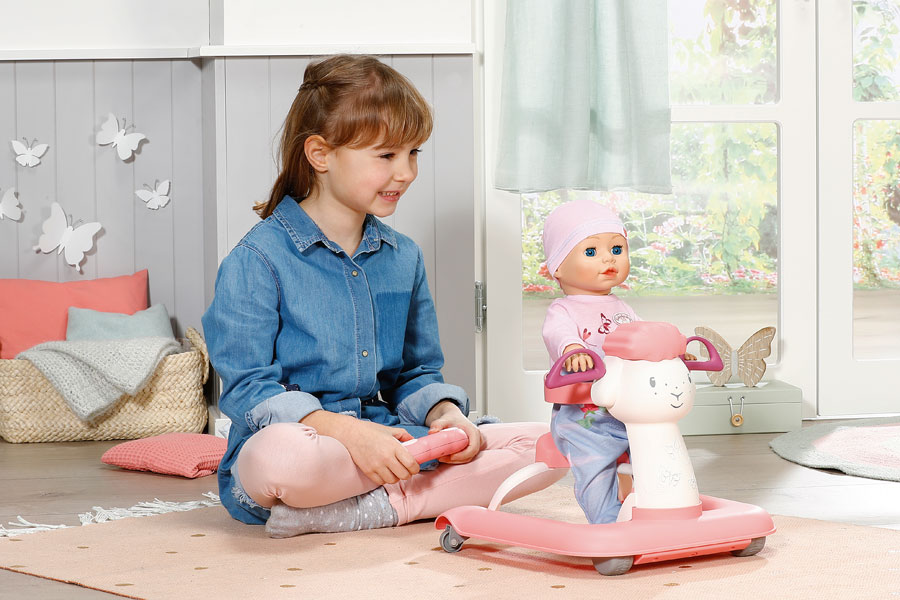
A useful way to help regulate emotions in children is by doing things they enjoy or that you know make them happy. This can be colouring in, dancing, playing games, singing, having tea parties, or outdoor activities such as puddle-jumping or playing in the snow. Creative exploration can also help in regulating children’s emotions, such as styling their sweet doll in fun clothing, from deluxe party dresses to stylish snowsuits to cosy bathtime sets. For more imaginative play, our interactive dolls Baby Annabell, Alexander, and Leah come with lots of adorable accessories that can be used to pretend-play different scenarios. Little ones can lose themselves driving their adorable baby around the house in the Baby Annabell Active Baby Walker – the remote control is easy for three-year-olds to use! For more traditional travel, let tots from age one push Little Sweet Princess around in the majestic Baby Annabell Sweet Carriage and Pony.
- Use sensory play to calm children
Sensory play can help in regulating children’s emotions, as well as their social and fine motor skills. There are lots of ways to provide more sensory input for your little one, including weighted items, fidget toys, different smells, and squeeze hugs (nice tight hugs from a caregiver or to their own cuddly dolly). Playing with the comforting silky hair of Baby Annabell Little Sophia can also help calm worried toddlers. If they’re anxious about going to a festive party, styling Sophia’s gorgeous locks may help calm them enough to transform those nerves into excitement.
Doll play for anxiety goes back centuries and is a hugely effective method for regulating children’s emotions. To explore more ideas, read our guide on encouraging children’s communication skills to reduce stress, or explore our Baby Annabell Christmas gift guide for festive treats that will also help your child’s development.
